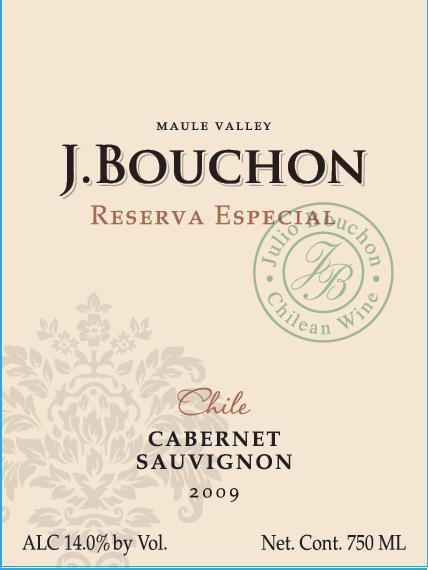2009 Maule Valley Cabernet Sauvignon
The J. Bouchon Reserva Especial Cabernet Sauvignon from the esteemed 2009 vintage showcases the exceptional terroir of Maule Valley, Chile. This red wine presents a full-bodied profile with a pronounced acidity that adds a delightful brightness to the palate. The fruit intensity is particularly prominent, revealing layers of blackcurrant and cherry alongside subtle hints of spice and oak. The tannins are well-structured, providing a firm backbone while maintaining an elegant mouthfeel. This wine is beautifully dry, offering a harmonious balance that makes it an excellent choice for pairing with grilled meats or rich, savory dishes. With its persistent finish, the J. Bouchon Reserva Especial is a testament to the quality and character of the region.
The J. Bouchon Reserva Especial Cabernet Sauvignon from the esteemed 2009 vintage showcases the exceptional terroir of Maule Valley, Chile. This red wine presents a full-bodied profile with a pronounced acidity that adds a delightful brightness to the palate. The fruit intensity is particularly prominent, revealing layers of blackcurrant and cherry alongside subtle hints of spice and oak. The tannins are well-structured, providing a firm backbone while maintaining an elegant mouthfeel. This wine is beautifully dry, offering a harmonious balance that makes it an excellent choice for pairing with grilled meats or rich, savory dishes. With its persistent finish, the J. Bouchon Reserva Especial is a testament to the quality and character of the region.




